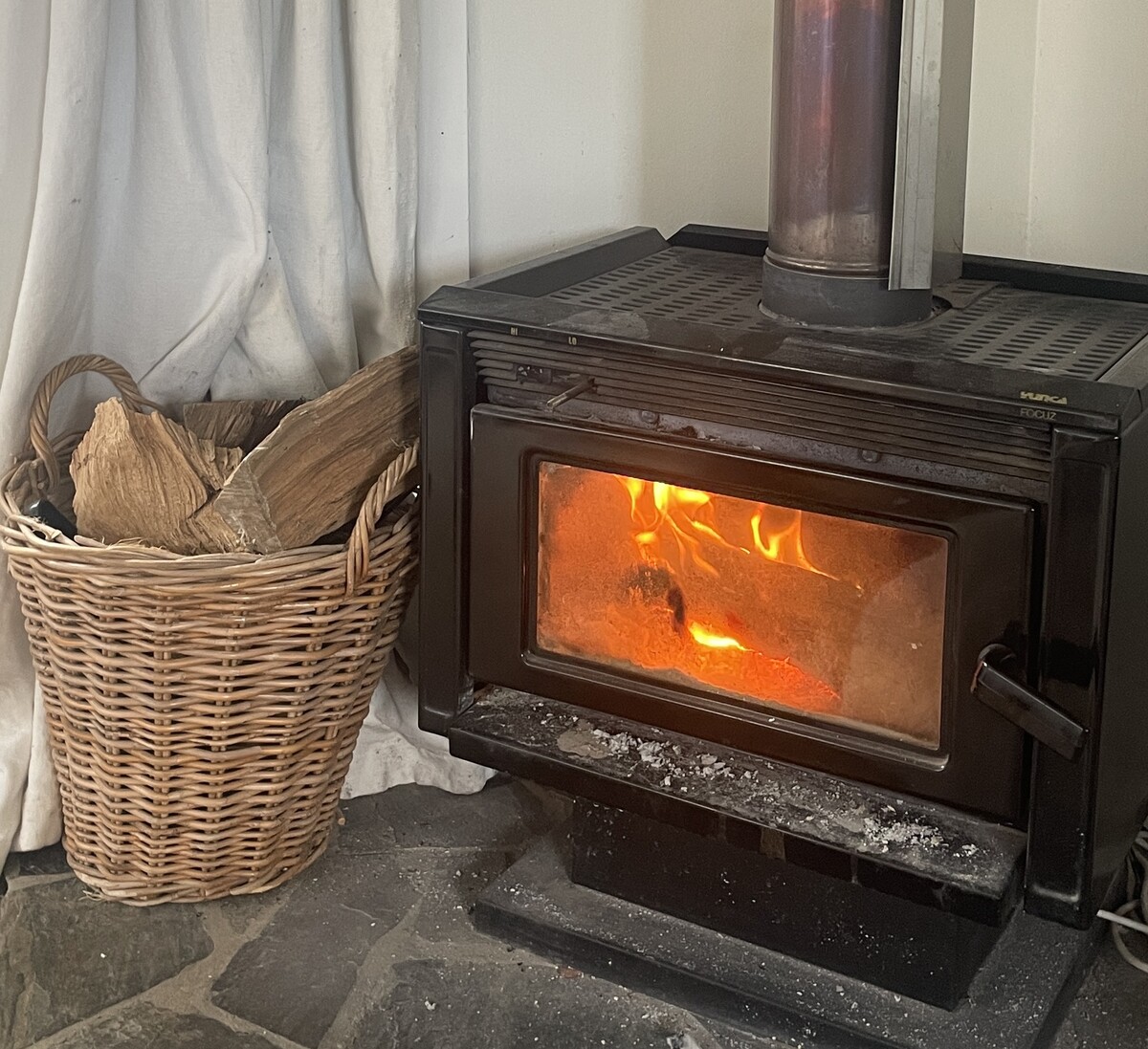Air quality monitoring expands

06 June 2025, 5:04 PM
 In Otago, a lot of PM2.5 comes from burning wood for home heating and it is extremely seasonal, with very high concentrations in winter.
In Otago, a lot of PM2.5 comes from burning wood for home heating and it is extremely seasonal, with very high concentrations in winter. Mobile air quality monitoring stations in the Upper Clutha are helping Otago Regional Council (ORC) track levels of PM2.5 - a fine particulate pollutant produced by combustion - and gather data to better understand air quality challenges across the region.
ORC air quality scientist Sarah Harrison said the council’s 2024 air quality report had detected PM2.5 at seven locations around Otago.
“Monitoring smaller sizes of particulate matter like PM2.5 is a significant step forward,” Sarah said.
“These finer particles pose greater health risks, and by expanding our network, we’re better equipped to inform policy and protect community wellbeing.”
Two local monitoring stations, located in Albert Town and Wānaka, are providing insight into concentration patterns specific to the Wānaka area. Sarah said the information collected will help identify where the highest concentrations occur and why.
She said air quality can vary a lot depending on factors like housing density, types of emissions, topography, how sheltered an area is, and wind speed and direction.
ORC’s air quality monitoring network will continue to be upgraded throughout 2025, with more co-location and calibration work planned to enhance the accuracy of its instruments.
Alongside its monitoring programme, ORC is also running its annual ‘Burn Dry, Breathe Easy’ firewood campaign, reminding residents of practical steps they can take to reduce harmful smoke emissions from home heating.
In Otago, much of the region’s PM2.5 pollution comes from wood burning for home heating - particularly in winter, when concentrations peak.
Burn Dry, Breathe Easy tips:
- Stack your firewood off the ground and out of the rain.
- Use a wood moisture meter to check if your firewood is dry enough — less than 25 percent moisture means more heat and less smoke.
- Build fires with scrunched-up paper or firelighters, dry kindling, and dry firewood for a well-heated, low-smoke burn.
- Never burn wet or green firewood, treated wood, or household rubbish, as they can release harmful toxins.
- Overnight, make sure flames remain visible when you turn your fire down to reduce smoke build-up.
PHOTO: Wānaka App





